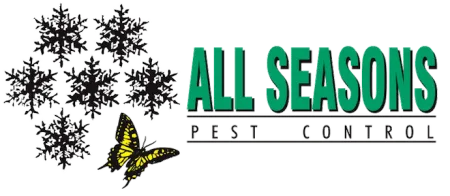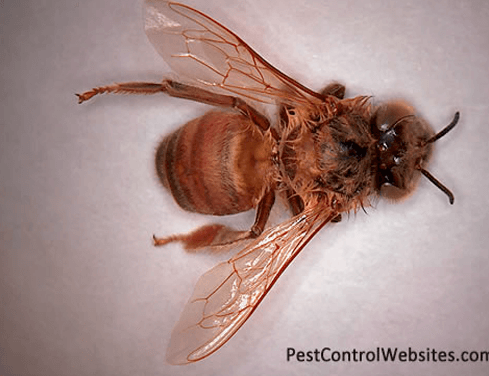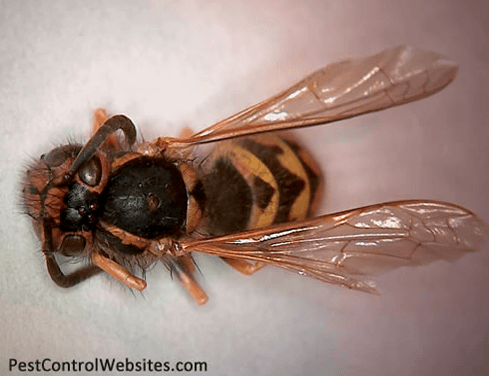Stinging Insect Facts, Identification & Prevention
When it comes to pest infestations, dealing with those that sting can be the biggest nuisance. The last thing you want is to go out into your yard for relaxation time and get targeted by a dozen stingers. Furthermore, if those with allergies come in contact with creatures such as bees and yellow jackets, it can become an emergency in the blink of an eye. To avoid a stinging pest infestation, it’s important to understand how to control and remove these pests from your home and surrounding property.
There are a few common questions people tend to ask about these pests year after year, and remembering their answers may help you stem the tide of an infestation on your lot. If you’re already dealing with an infestation, it’s vital that you call a professional pest control company right away.
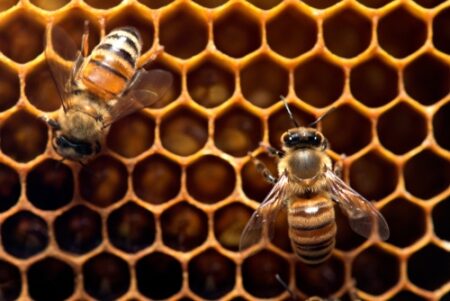 Habitat
Habitat
If you have ever dealt with any sort of infestation, you have probably stopped to ask yourself why the insects have elected to take up space on your property of all places. For stinging pests, the answer is simple: food.
During the spring months, bees of all varieties, yellow jackets, and wasps come out of their cold-weather hiding places and descend on gardens worldwide. It’s worth noting that these insects aren’t all bad. They do a lot of good during these early months that you benefit from every day.
- Bees pollinate flowers and fruit-producing plants
- Bees collect the necessary resources to create honey, which can then be harvested
- Wasps, hornets, and yellow jackets prey on other pests known to ruin gardens
That being said, the food supply they feed off of typically runs out in the later summer months, at which point the insects seek out easier, more available food sources; such as those left in your trash can. This is when they become a problem as it brings them into your space.
Common Stinging Insect Types
Stinging Pests Control and Prevention
To discourage these insects, take away their food. The stinging bugs have come to your home for food, so it stands to reason that they will leave if there is nothing to be eaten. There are, of course, a number of different ways to go about doing this, but a few of the easiest, most effective methods include the following.
- Use a trash can with a tight-fitting lid and ensuring it’s closed thoroughly
- Clean up food and drink spills that occur outdoors
- Pick up fallen fruit from fruit trees and bushes and keep the area clear
Taking these steps diminishes pests’ access to food, encouraging them to move on to find somewhere else to linger. Are you worried about stinging pests entering your home? Learn more and take advantage of All Seasons Pest Control’s residential pest prevention programs.
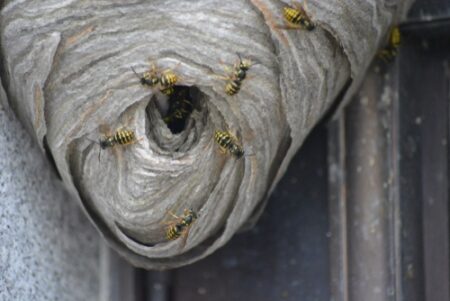 Taking Care of an Infestation
Taking Care of an Infestation
Prevention is the best cure when it comes to pests. However, sometimes you may catch the issue too late. In that case, you will likely need to contact a landscape pest control professional to get your yard pest-free again. You can, of course, try to rid your yard of a nest or hive on your own once you identify it, but this endeavor can be a highly risky one, especially if you lack the proper equipment to protect yourself from stings.
There are certainly DIY options for getting rid of pests, but all in all, hiring professionals for wasp, yellow jacket, and bee pest control in Tacoma is the safest, most effective way to go about getting the job done.
Contact All Seasons Pest Control
With nearly four decades of experience at All Seasons Pest Control, we have learned to handle almost any hive imaginable. Contact us to get more information on how we can return your yard to its normal pest-free state, and make it an enjoyable place to spend time again.
